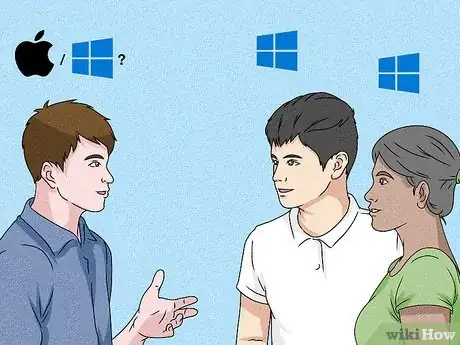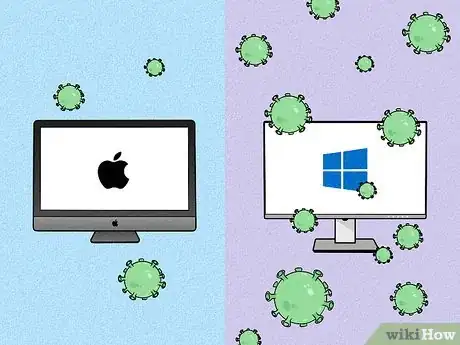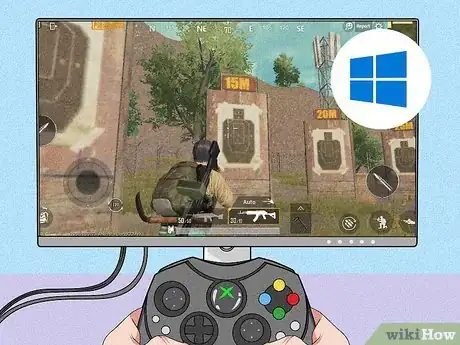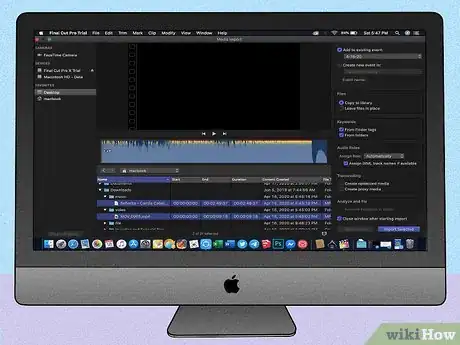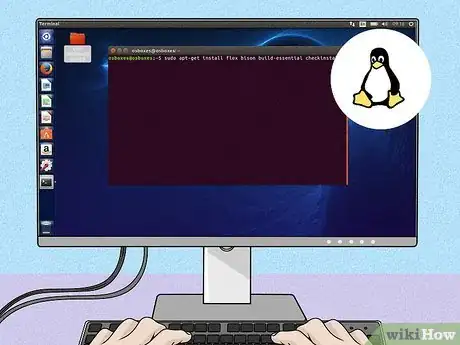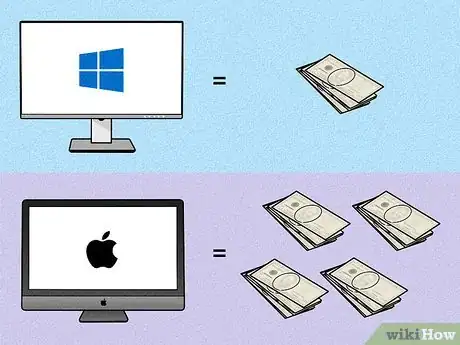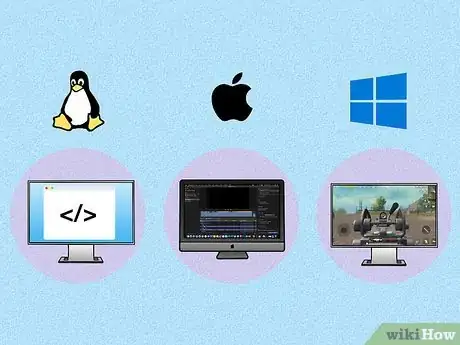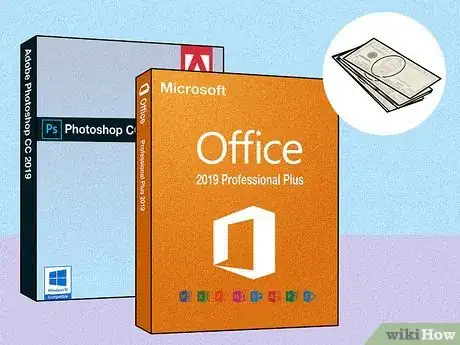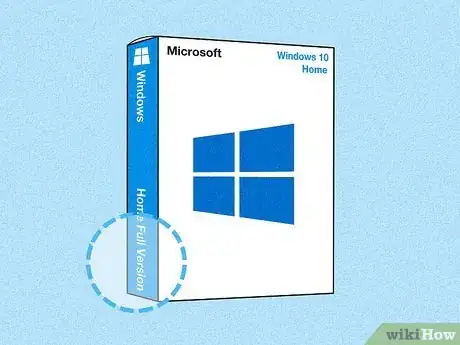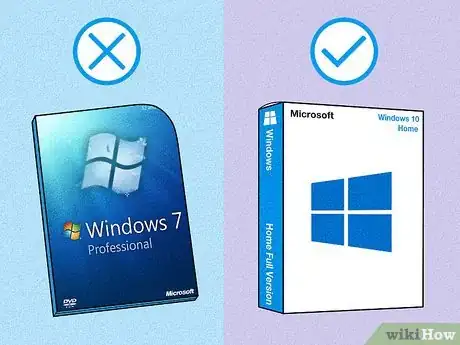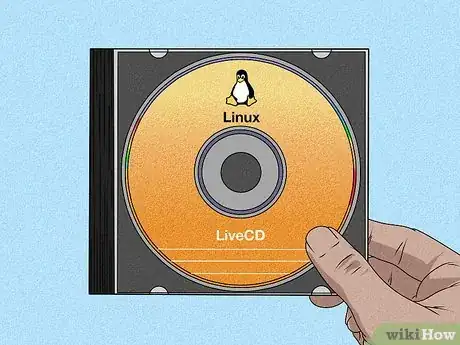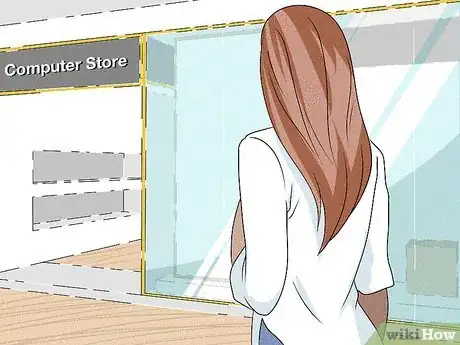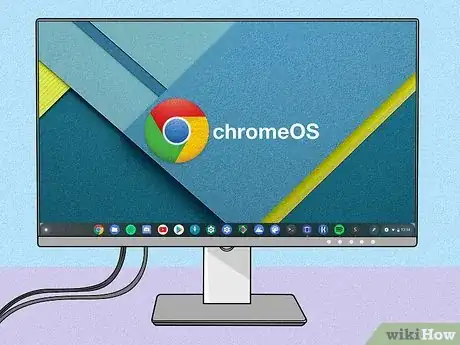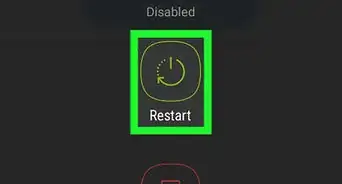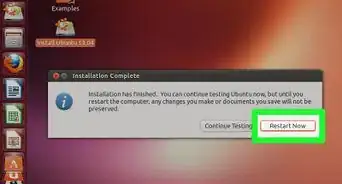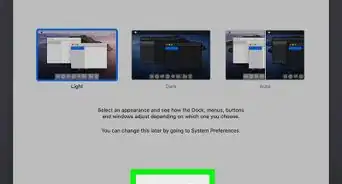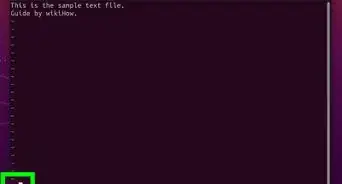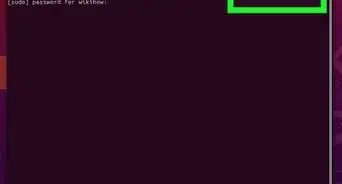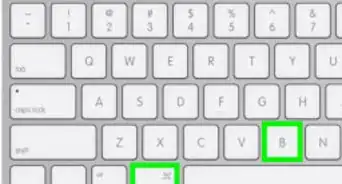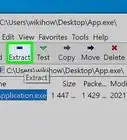X
wikiHow is a “wiki,” similar to Wikipedia, which means that many of our articles are co-written by multiple authors. To create this article, 27 people, some anonymous, worked to edit and improve it over time.
This article has been viewed 96,858 times.
Learn more...
Looking to buy a new computer, or feel like upgrading your current one? The operating system is the backbone of your computer's interface, and deciding on one will have a big impact on the way you use the computer. Take a look at what you currently use your computer for, your budget, and any future needs. Use those insights to guide your purchasing decision.
Steps
Part 1
Part 1 of 3:
Examining Your Needs
-
1Think about ease of use. Every operating system (OS) has a learning curve for those unfamiliar with it, but the curve might not be the same for all OSs. All operating systems tout ease-of-use, though OS X has made that their selling point over the years. Linux is traditionally the least easy-to-use, but modern distributions make working with Linux very similar to both Windows and OS X.
-
2Look at the software you use. Windows will generally have the most software compatibility, as the majority of commercial programs are designed for Windows. Macs have access to a large library of Mac-specific software, while the Linux community provides a vast number of free, open-source alternatives to commercial software.Advertisement
-
3Note what your coworkers, family, or school uses. If you're going to be sharing documents and files with a lot of other people, it may be easier to stick with the same operating system everyone else uses. This will make connecting to others a lot easier.
-
4Investigate the security differences. While all operating systems are at risk of infection, Windows has the most viruses because of its high market share. Macs are also susceptible to malware designed for Mac, while Linux-based operating systems such as Ubuntu or Debian have the least number of viruses.
-
5Consider the game selection. If you are an avid game player, your operating system choice will heavily dictate the number of games available to you. Windows is by far the market leader in video games, but more and more games are getting Mac and Linux releases.
-
6Examine the editing tools. If you do a lot of image, video, or audio editing, a Mac will most likely suit your needs best. Macs come packaged with powerful editing programs, and many prefer to use programs like Photoshop on a Mac.
- Windows has lots of powerful options available as well. Linux has very few options with little support. Most editing programs on Linux are open-source alternatives that meet most of the functionality of popular paid programs, but are generally more difficult to use and not as powerful.
-
7Compare programming tools. If you're a software developer, you'll want to compare coding options available on different platforms. Linux is one of the best places to program desktop software, while you will need a Mac computer to develop iOS apps. There are compilers and IDEs available for most other languages on all operating systems.
- Due to the large amount of open-source code available for Linux, there are a lot more examples to look at when learning a language.
-
8Think about your business needs. If you're running a business and are trying to decide what systems will be best for your workers, there are a couple of things to keep in mind. Windows machines will be far cheaper than the same number of OS X machines, but OS X machines are much better for content creation, such as writing, images, video, or audio.[1]
- When stocking your business with computers, you'll generally want all of them to be running the same operating system for easy compatibility and networking.
- Windows is cheaper and may be more familiar for your workers, but it is inherently less secure than OS X.
-
9Choose between 32-bit and 64-bit. Most new computers should come with the 64-bit version of your chosen operating system installed. 64-bit operating systems allow for more processes and more efficient memory handling. Your hardware must support 64-bit in order to use a 64-bit operating system.
- 32-bit programs should generally have no problem running on a 64-bit operating system.
Advertisement
Part 2
Part 2 of 3:
Considering Cost
-
1Look at the hardware needs. When choosing an operating system, hardware has a major role in the decision process. If Mac OS X is what you want, you have to pay for the operating system. Mac OS X is good for video editing and content creation. Windows are good for something that is between gaming and content creation and coding. Linux distros have better support for coding but require some skills like how to use the terminal, before using it as a primary operating system.[2]
-
2You can build your own Windows or Linux computer, or purchase a pre-built one.
- You can purchase a computer with Windows installed on it and then install Linux instead of or alongside Windows.
-
3Look at the operating system cost. If you're buying a computer with an operating system installed, you don't have to pay too much attention to the cost since it's included. You should know, however, that upgrading your copy of OS X will usually run about $100-150 USD cheaper than upgrading Windows to a new version.
- If you're building your own computer, you'll need to balance the cost of Windows versus the usability of Linux. Most home distributions of Linux, such as Ubuntu or Mint, are free.
-
4Look at software cost as well. The vast majority of Linux software is free. There are plenty of free, open-source programs for Mac and Windows as well, but also a significant number of paid programs. Most popular Windows software, such as Office, require a paid license.
-
5Purchase the "Full", not the "Upgrade", version. If you're looking at Windows, you may have noticed that there are standard versions and there are Upgrade versions. In general, you'll want to purchase the full version. While it will be more expensive, it can save you a lot of headache down the road. If you ever want to install that copy of Windows on another computer, you'll need to install an older version of Windows first to be able to use the "Upgrade" version.
Advertisement
Part 3
Part 3 of 3:
Testing Them Out
-
1Look at the newest releases. In general, you'll want to get the newest edition of your chosen operating system, even if it's a little unfamiliar. This is because you will often find features on the new operating system that you didn't know about but can't live without after discovering them.
- With a few tweaks, Windows 8.1 will act just like traditional Windows, with all the new features that have been added to Windows 8.
- If your still hesitant about buying Windows 8, many computers still come with Windows 7, which is much more similar to previous versions. Most retailers still carry Windows 7 as well.
- Do not buy a computer with Windows XP, unless you plan on immediately upgrading or switching to Linux. XP support has been discontinued, making it a very unsecure operating system.
-
2Try a Linux LiveCD. Most Linux distributions provide images to create a LiveCD, which you can boot from without having to install the operating system. This will let you try out Linux before committing to the installation process.
- Using the LiveCD version of your chosen Linux distribution will be a little slower than if you had installed it. Any change you make will be reverted when the computer restarts.
-
3Visit a computer retailer. Since there are no "demo" versions of Windows (unlike Linux), and you need a Mac computer to run OS X, you'll need to try these operating systems out in a store or at a friend's place. These aren't ideal settings, but use your limited time and access to see how the menus, file organization, and program launching works.
- You can also install unactivated Windows to try the operating system out. If you like the OS, then you can buy the Home or Pro editions of the OS.
-
4Consider ChromeOS. This is a much more limited OS than the others, but runs very quick and is available on devices in the $200-$250 USD range. ChromeOS is essentially the Chrome web browser acting as an operating system, and thus is designed for a computer that is constantly connected to the internet.[3]
- There is very little software available for ChromeOS, but if you do most of your work through Google, everything will sync perfectly.
Advertisement
References
About This Article
Advertisement


